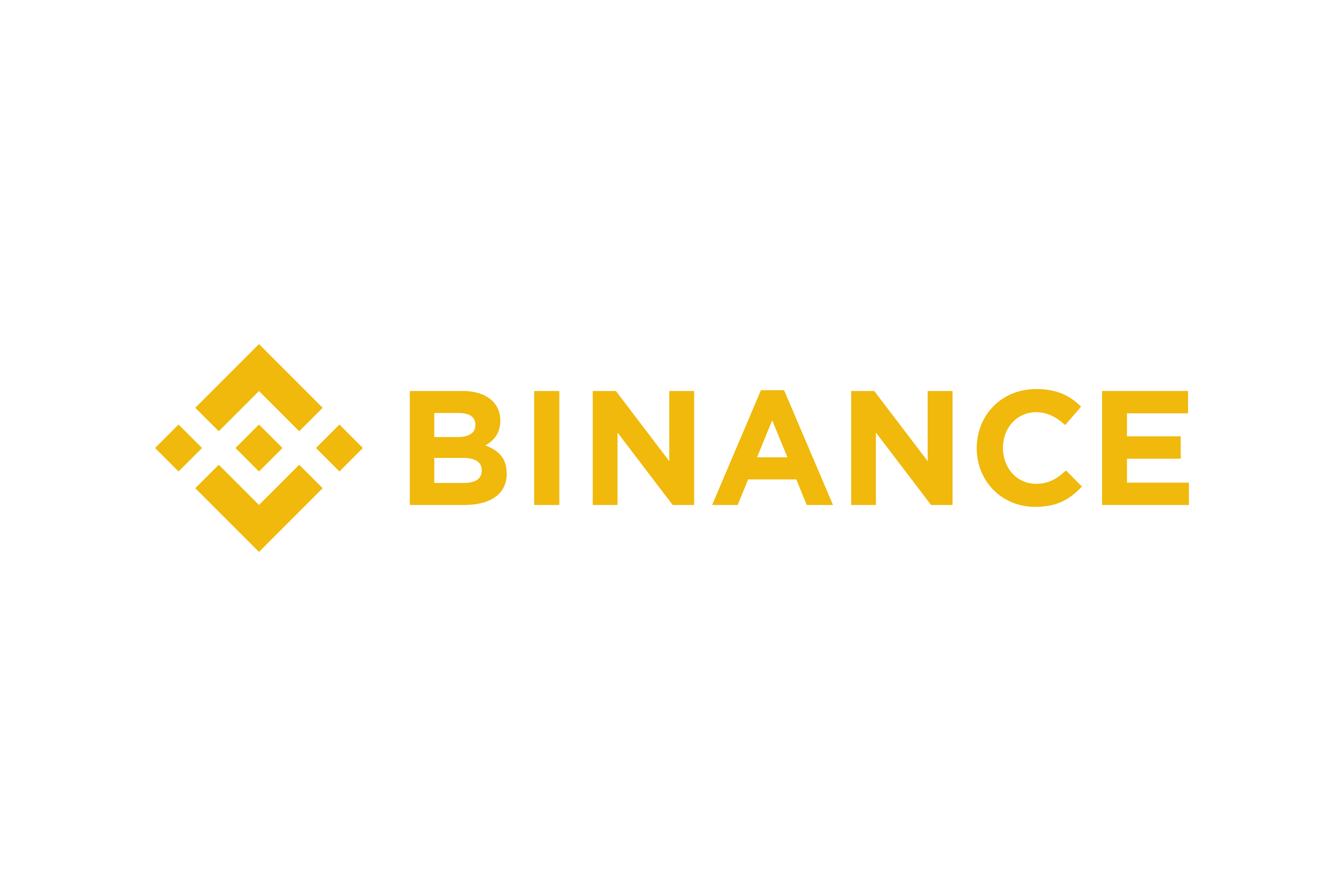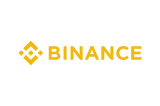Tether (USDT) was the first stablecoin to become popular in the crypto industry. Stablecoins are attractive because they don't suffer the same volatility as other cryptocurrencies.
Below are our picks for the best platforms for purchasing Tether, whether you're looking for low fees, ease of use, or security.
Fees:
Variable fees (Coinbase), 0%-1.20% (Coinbase Advanced Trade), $29.99 monthly (Coinbase One)
Account Minimum:
$2
Bottom Line
The versatile platform is a standout, as is the CopyTrader feature that allows you to copy your favorite investors. To top it off, the transparent fee structure is both competitive with the industry and easier to understand.
Fees:
1% for trading crypto plus spread, $0 commission for stocks & ETFs
Account Minimum:
$10
Special Offer
Limited time offer: Deposit $100 and get a $10 bonus. Terms apply.
eToro USA LLC; Investments are subject to market risk, including the possible loss of principal.

Bottom Line
Binance is a low-fee platform with a wide range of cryptocurrencies and a lot of functionality. However, its full product is not available in the U.S., and it is dealing with regulatory issues in various countries.
Fees:
0.02% to 0.1%
Account Minimum:
Varies by deposit method
Compare the top places to buy Tether
| Offer | Best For | Commissions | Next Steps | |
|---|---|---|---|---|
|
|
Robust exchange platform |
Variable fees (Coinbase), 0%-1.20% (Coinbase Advanced Trade), $29.99 monthly (Coinbase One) |
||
|
|
Diversified investing in crypto |
1% for trading crypto plus spread, $0 commission for stocks & ETFs |
Open Account for eToro
eToro USA LLC; Investments are subject to market risk, including the possible loss of principal. |
|

Binance |
|
Global investors |
0.02% to 0.1% |
What is Tether?
Tether is a U.S. dollar–pegged stablecoin. A stablecoin is a cryptocurrency whose value is tied to another asset like the U.S. dollar, gold, or another commodity. They are popular with crypto traders because they offer some of the benefits of blockchain transactions, but without the volatility that comes with other cryptocurrencies.
Fiat-backed stablecoins like Tether are the most common type. It means, theoretically, every USDT in circulation is backed 1:1 by $1 in reserve. However, as we'll see, there is some controversy about how that collateral works in practice. Other types of stablecoins use other methods to maintain their pegs.
How much does it cost to buy Tether?
The fees to watch out for in buying and selling any cryptocurrency are trading fees, deposit fees, and withdrawal fees. Trading fees are often lower with stablecoins than other cryptocurrencies. Some platforms don't charge any fees on stablecoins, but you could pay anything between 0.1% and 0.9%.
In general, fee-free trading platforms often make money by offering poor exchange rates on crypto trades. Luckily, it's easier to buy USDT, as this isn't always the case with stablecoins. Plus, since $1 should be worth 1 USDT, it is easy to see how much the transaction will cost you. If you convert $100 and get 99 USDT, you're essentially paying $1 in fees.
Understanding deposit fees
Bank transfers are often free or the cheapest way to deposit fiat money. Fiat money is any traditional currency such as U.S. dollars. If you don't want to use a bank transfer, it can be expensive to deposit fiat onto a cryptocurrency exchange.
For example, if you want to buy Tether using a debit card, you may have to pay as much as 4.5%. The same goes for payments using other methods such as a credit card or PayPal.
Understanding withdrawal fees
It is usually also free to deposit cryptocurrency from a crypto wallet or another account. However, you'll often pay a withdrawal fee to move it from the original account. The main reason is that there's a fee to record any transaction on the blockchain. But that fee varies depending on which blockchain you use.
Tether works on a number of popular crypto networks, including Algorand (ALGO), Ethereum (ETH), Tron (TRON), and Solana (SOL). Without getting too technical, you may find you have a choice about which blockchain network you use. If you want to move Tether from one crypto platform to another, as long as both accounts work with the same network, you can use the cheaper option. In some cases, crypto withdrawals are free.
For example, let's say I want to withdraw USDT from a centralized crypto exchange and deposit it to an external crypto wallet. Ethereum is the biggest network for decentralized finance, but it also struggles with high fees. As a result, if I'm transferring to an Ethereum-based wallet, I would have to pay a higher withdrawal fee. This could be as much as $50. But if I can instead transfer USDT to a Solana-based wallet, the fee would be much lower.
TIP
Investing in crypto can be extremely risky. We think investors should approach these assets like any other technological investment — with a long-term mindset and the expectation of ups and downs. The Fool realizes there may be opportunities for investors. We do actively recommend select cryptocurrencies to our community. But we encourage everyone to be well versed prior to investing to understand the potential risks and rewards.
Where can you use Tether?
Stablecoins like Tether are used throughout the cryptocurrency market in a number of different ways. These include trading, spending, and decentralized finance apps. Here are some of the places you can use Tether.
Trading platforms
Stablecoins like Tether are a popular way to trade. Investors can swap fiat currency into Tether and then use Tether to buy the cryptocurrency they want. It's common to see Tether as part of a trading pair -- two assets that can be traded for one another. For example, it might not be possible to directly exchange U.S. dollars for Cardano (ADA). Instead, a trader would need to buy Tether and then trade Tether for Cardano. Be aware that not all cryptocurrency platforms list Tether, as several have their own stablecoin product.
In addition, it's often cheaper for traders to move their crypto assets into a stablecoin than a fiat currency. So, let's say the price of Bitcoin (BTC) starts to fall suddenly and a trader wants to escape the volatility. They might move their assets into USDT rather than pay higher fees to convert those assets to U.S. dollars.
Decentralized finance applications
"Decentralized finance (DeFi)" is an umbrella term for a host of applications that take the middleman -- i.e. banks -- out of traditional finance. These might include lending, borrowing, saving, insurance, and trading. For example, various DeFi applications pay higher interest rates on Tether deposits than traditional savings accounts. This can be attractive, but be aware that DeFi products don't receive the same protections as a bank would.
As a form of payment
One of the big obstacles cryptocurrencies like Bitcoin face as a form of payment is that they are still extremely volatile. Even the biggest cryptocurrency in the world can halve in value in a matter of months, which presents serious challenges for businesses. Stablecoins solve this problem.
Merchants can benefit from the crypto's speedy transaction times and cheap processing fees without having to deal with the volatility. The same goes for those wanting to make international payments. USDT makes it possible to transfer money abroad quickly and with relatively low fees.
Is Tether safe?
All cryptocurrency investments carry risk, but Tether carries some additional risks you should know about. Authorities are concerned Tether may not have enough easily accessible cash in reserve to support every USDT token that's been issued. The problem? If a lot of people decide to withdraw their USDT at the same time, they may break the bank.
Controversy around Tether's reserves
Indeed, according to the New York Attorney General, Tether has not always had enough money in reserve. Following a 22-month investigation, the New York Attorney General Letitia James said, "Tether’s claims that its virtual currency was fully backed by U.S. dollars at all times was a lie."
Tether did not admit any wrongdoing. But as part of the $18.5 million settlement, it committed to publish quarterly reports detailing its reserve holdings. Its September 2021 report showed about 10% of its reserves were held in cash and bank deposits. Authorities are worried because over 40% of its reserves are held in something called commercial paper. This is a type of short-term debt, and many key figures are demanding more transparency about what types of businesses it has loaned money to and how quickly it could recoup those loans.
Increased regulation will have an impact
U.S. authorities are considering stricter stablecoin regulations, arguing these organizations are operating like banks but without the controls banks have to follow. Tether has already been banned in New York and will likely be hit by increased controls.
You likely came to this page because you wanted to find the best places to buy Tether. But if you're not convinced Tether is a safe investment, don't be afraid to take a look at other stablecoins on the crypto market. Some are much more transparent, have not had the same regulatory woes, and are less likely to be hit by future regulation.



